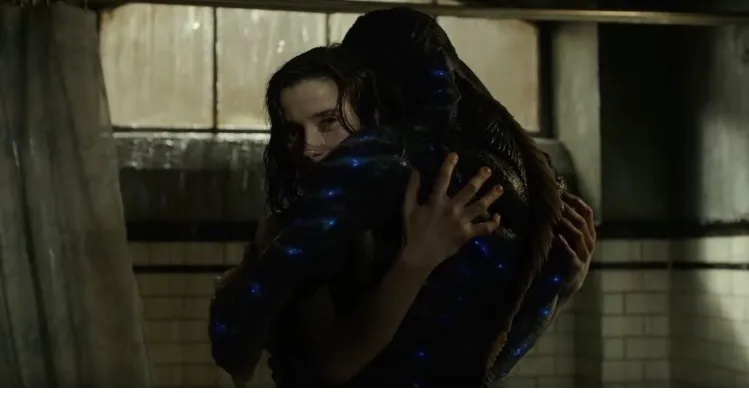An Ode to the Outsider: A Review of “The Shape of Water”
Editor’s Note: Guillermo del Toro’s “The Shape of Water,” winner of the Academy Award for Best Picture, captivated audiences with its unique story. Our film critic “Owl Cries on the Road” shares their insights after attending a screening, highlighting the film’s immersive quality and its exploration of the “outsider’s” yearning for acceptance.

I first encountered “The Shape of Water” during the live Weibo broadcast of the Oscars. However, my curiosity truly piqued with the online buzz surrounding the “little black dress” incident. Little did I know, I’d have the opportunity to experience this Best Picture winner in a proper cinema.
The Immersive Cinema Experience
Watching a film in a theater is a vastly different experience from watching it on a computer. The surround sound is truly immersive. From the rhythmic tap dancing of the mute protagonist in the hallway to the squeak of the cleaning cart wheels in the facility, the sounds felt immediate and real, as if emanating from right beside me. Even knowing what to expect when the creature’s container arrived at the lab, the sudden appearance of the amphibian still made me jump.
Themes of the Film
I believe the film revolves around two central themes:
- The absence of true villains, only individuals with conflicting or aligned interests.
- The inner world of the marginalized and their deep desire for recognition.
Conflicting and Aligned Interests
The film presents a spectrum of perspectives:
- The Soviet Politicians: Driven to steal the specimen and exploit American research.
- The American Politicians: Focused on rapid dissection and projects with immediate, tangible results.
- The General with Missing Fingers: Determined to tame the specimen, leave the classified project, and return to his family.
- The Soviet Spy Scientist: Committed to saving the specimen, treating it as a valuable and promising life form.
- The Protagonist: A marginalized cleaning woman, seeking to rescue a fellow outsider in the amphibian creature.
- The Protagonist’s Friend: “You’re my only friend. Whatever that creature is, if you want to save it, I’m in.”
These characters, with their conflicting and aligned interests, converge and clash within the confines of the research facility, all revolving around the amphibian creature.
The general with missing fingers seems like the obvious antagonist, yet he is a soldier loyal to his mission. There’s a strange sense of humor and pity in his relentless pursuit of the supposed special forces who stole the specimen.
The protagonist, seemingly a “good” person, recklessly endangers her friends and colleagues in her single-minded pursuit.
Ultimately, the creature, long treated as a mere experiment, makes its “voice” heard through its actions. It helps the man who aided in its escape, falls in love with the woman who saved it, and eliminates the general who harmed it.
The creature’s perspective, often overlooked, proves to be crucial.
The Outsider’s Perspective
Speaking of outsiders, I’m not entirely sure of the precise definition. However, while watching the film, I sensed that the main characters shared certain characteristics of being marginalized. Despite their efforts, they each harbored a private world, struggling to communicate with the outside and fully integrate into either group.
As a mute woman, the protagonist yearns for music, love, and freedom. Yet, she is merely a cleaning lady, forced to keep her desires hidden until she encounters the creature, sparking a daring impulse.
The creature, worshipped as a god by a primitive tribe and treated as livestock by the general, is an entirely different species. A natural barrier exists between it and the human world, with only the protagonist and music able to unlock its inner world.
There’s also the protagonist’s friend, the scientist who is a spy, and the general who wants to go home to his family.
If I were to define an outsider, it would be: “A heart full of untold stories, with no one to share them with.”